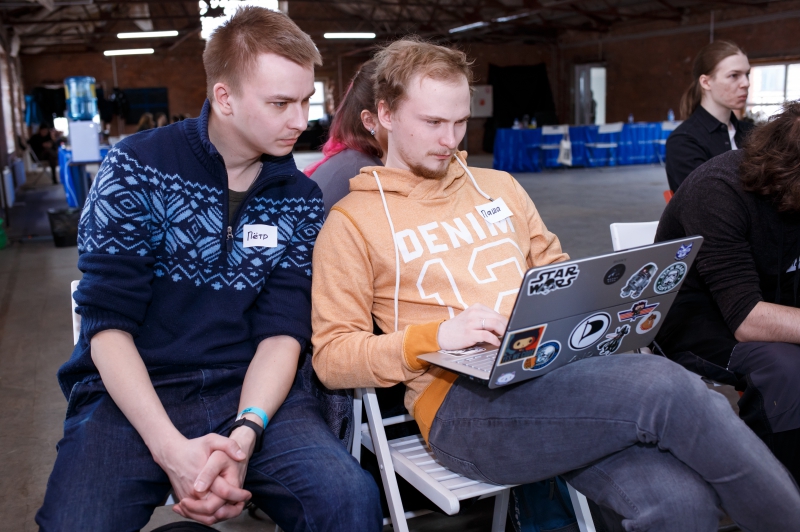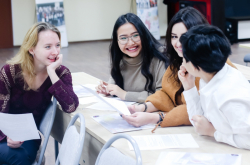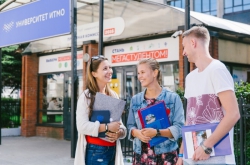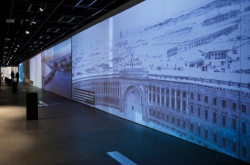Why analyze cultural data?
A hundred years ago, researchers had access to dozens, hundreds, or, in the best case, thousands of books. Today, we have millions of sources at our disposal. Combined with social media content, they make up a massive data set that simply cannot be analyzed “by hand”.
As the volume of data grows and new projects and tasks emerge, data analysts become increasingly more in-demand on the market. These specialists’ competences can be applied in R&D research at major IT companies, online and digital marketing, telecommunications, social networks, new media, museums, and other cultural institutions that are now beginning to recognize the importance of collecting and analyzing data, as well as of the specialists capable of interpreting that data and applying it effectively.
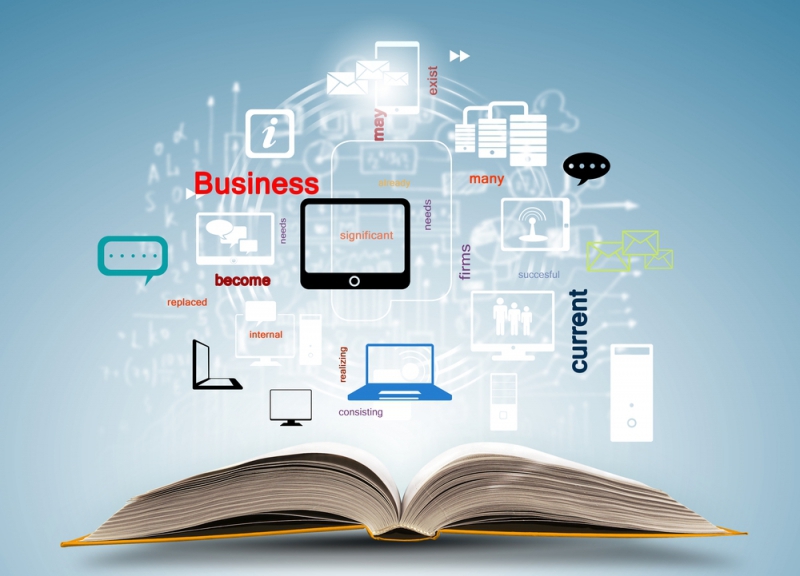
The field of Digital Humanities is developing actively as interdisciplinary teams made up of humanities and IT specialists analyze texts, compile language corpora, create social media profiles for historical figures based on their letters and diaries, build 3D models of Ancient Rome, turn Hollywood scripts into images with algorithms, and so much more.
Specialists capable of being a part of such interdisciplinary teams will be trained in ITMO University’s new Master’s program Data, Culture and Visualization, developed by researchers from the University’s international laboratories of Digital Humanities and Computer Technologies.
Key features
Throughout their education, the program’s students will experience the entire lifecycle of working with cultural data: from collection and storage to statistical analysis, interpretation, visualization, and distribution.
According to Antonina Puchkovskaia, the head of Digital Humanities Lab and head of the new program, its main feature is its prominent interdisciplinary focus and the ability to provide new competences to humanities and IT specialists alike.
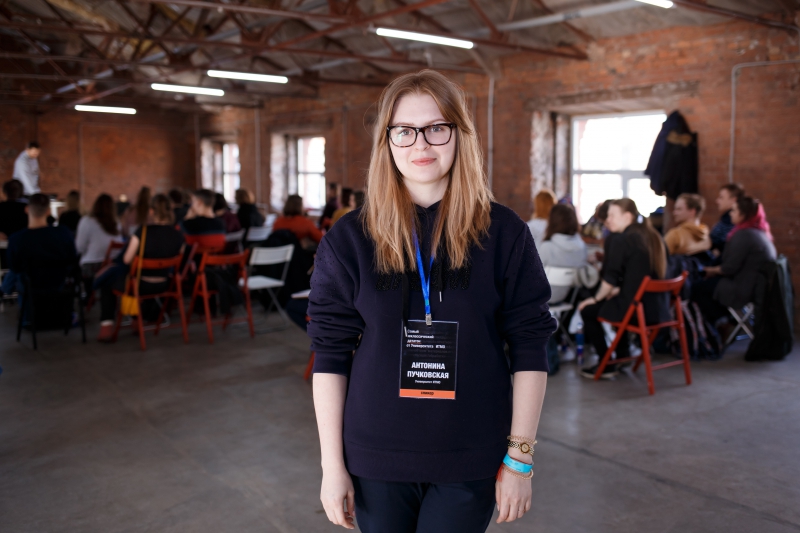
“Other Digital Humanities programs in Russia are designed for humanities students who wish to learn the methods and algorithms of data analysis. Our program has a different goal: to bring together humanities and hard sciences students in order to combine their worldviews and create a truly interdisciplinary program,” she says. “On the one hand, we increase the demand for humanities specialists on the job market by enhancing them with competences that are relevant today. On the other hand, we help IT specialists expand their skill set and emerge from university not as simple analysts or niche engineers, but experts who understand the entire process, from data collection and analysis to production and delivery to client.”
Educational process
This being an International Master’s Program, all learning on the program is done in the English language. In addition to general subjects (soft skills, design thinking, foreign language), the program will include a variety of courses related to data design, visualization methods, mapping, data mapping and analysis, and the ethics of science and technology.
Depending on each student’s preferences, the program provides a choice of three learning tracks:
1) for humanities students
Students of this track will learn the basics of data analysis: what is data, which methods are used to collect it, how it is structured and analyzed. They will also gain an understanding of full-fledged data work and learn how to communicate with IT specialists to ensure effective teamwork.
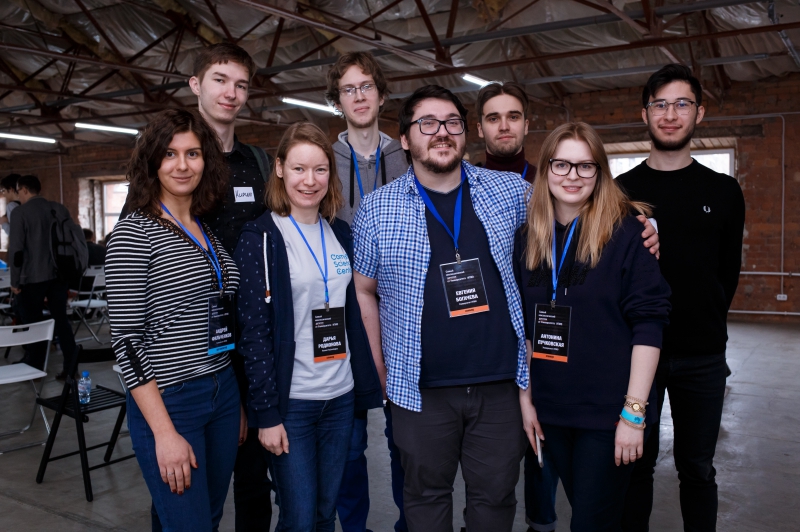
2) cultural data analysis
Andrey Filchenkov, the head of ITMO’s Computer Technologies lab, notes that the students of this track will learn about working with data retrieval, recommendation systems, machine learning, and more. This track presents a balance between humanities and hard sciences subjects.
3) machine learning
This track is intended to provide in-depth knowledge of data analysis and the methods of deep learning, natural language processing, and social media analysis.
“This track was designed for students with a technical background who are interested in humanities-minded data analysis projects, like working with texts or social media profiles. Its students will learn to find solutions for analytical problems using the latest data science methods,” says Andrey Filchenkov.
Experts and partners
According to Antonina Puchkovskaia, the program will be run in collaboration with partners in the industry: companies and varied cultural institutions, such as museums, theaters, and exhibition spaces. These very entities generate the demand for specialists that the program trains. Among the program’s strategic partners are Huawei, the European University at St. Petersburg, and a number of the city’s museums, including the State Museum of City Sculpture and the Museum of the History of Religion. The staff of the program also plan to collaborate with the Alexandrinsky Theatre’s New Media Laboratory.
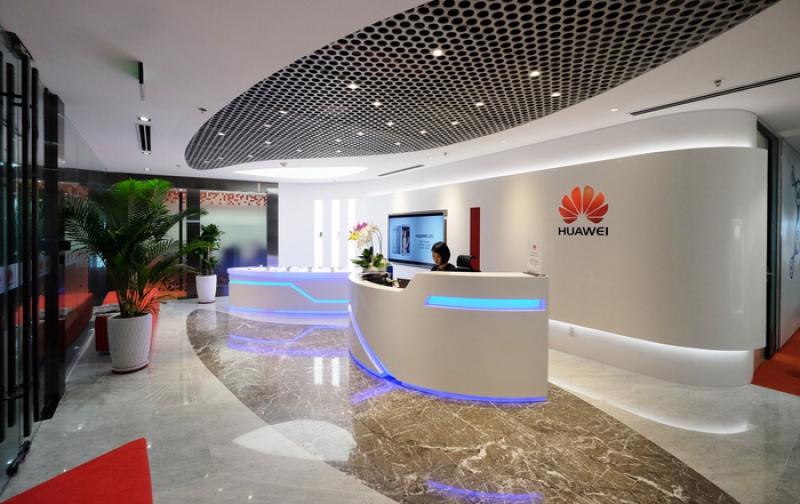
“In the next 20 years we can expect an incredible increase in the volume of data and the development of data transfer technologies. Today’s top resource is not oil, but data. Those who own it and know how to analyze it will be the ones to win the technology race. When you know how data is made, you can understand how it will change technology, the industry, and your everyday life. The program Data, Culture and Visualization can definitely help students acquire vital data work skills, including ones related to analysis and use,” notes Jiancheng Zeng, the head of Huawei St. Petersburg Research Center.
The program’s teaching staff includes international experts: the representatives of the USA’s Digital Humanities community. One of the program’s future lecturers is Kimon Keramidas, an associate professor at New York University and co-head of ITMO’s Digital Humanities Lab (read our interview with Dr. Keramidas here). The program’s team has also established partnerships with experts of Princeton University (USA), the University of Chicago (USA), and Universities of Greenwich and Wolverhampton (UK).

“I am extremely excited to be a part of ITMO’s growing commitment to Digital Humanities and the creation of this new Master’s program. We are living at a time when it is extremely important to understand how technologies add complexity to our daily lives, and it is vital that we have courses of study that allow help students learn how to investigate those technologies, create new ways of analyzing data, and develop methods for telling stories visually. With its history of technical precision and innovation and location in the culture-rich city of St. Petersburg, ITMO is a unique venue for just this kind of work,” says Kimon Keramidas, associate professor at New York University and co-head of ITMO’s Digital Humanities Lab.
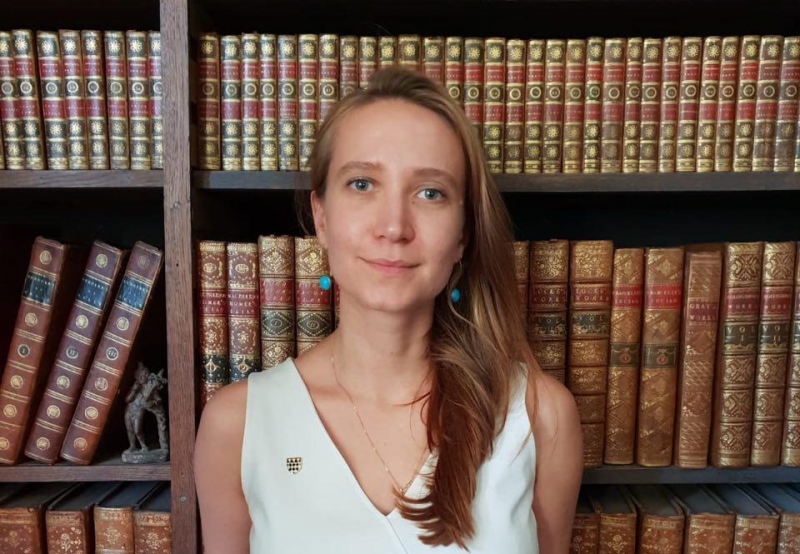
“The new MA Data, Culture, Visualization promises to revolutionise the postgraduate level of higher education in Russia. It is progressive, innovative and highly needed program in today’s fast changing world. It offers skills and training in data analysis and visualization which are in high demand across so many different professional sectors – from culture, medicine, journalism to biotech, and IT – and at the same time provides the students with the necessary tools to rethink the application of these skills, enhance their intellectual potential, challenge the existing cultural paradigm, and change their life and career,” comments Dr. Maria Korolkova, a senior lecturer in Media and Communications at the School of Design, University of Greenwich, the UK.
Practice and project work opportunities
In addition to fundamental training, the program’s collaboration with industrial partners will allow the students to work on real cases for some of the partner companies. The students can bring in their own projects, work on projects proposed by partners of the program, join some of the projects developed by the staff of DHlab (read more about them here and here), or work on projects developed by the program’s international experts.
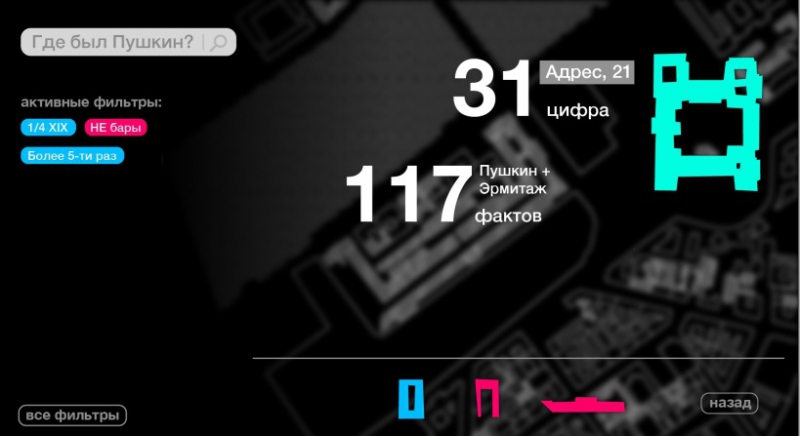
“The choice of projects is indeed very diverse: some of the cases come to us from our partners: cultural institutions and industry members. These are real, relevant tasks, not theoretical ones, which produce actual results. Some of the projects come from our international partners. For instance, Kimon Keramidas is working with the Hermitage Museum on a fascinating project about the Sogdian culture. Some of his students from New York are already involved and he’s open to bringing in new people. We also regularly apply for grants, such as the ones offered by the Russian Science Foundation and the Russian Foundation for Basic Research, which means even more projects for our students to get involved in,” explains Antonina Puchkovskaia.
She then adds that the students will have an opportunity to develop their projects in collaboration with the other laboratories of ITMO University. This is especially relevant when a task calls for the use of VR and AR components. Using the University’s technical capacities, the students can bring their projects to prototype stage, use them in the defense of their Master’s theses, and, eventually, produce a final product.
Students of the Master’s program will also be able to take a research internship at the Digital Humanities Lab, the Machine Learning Lab, other laboratories of ITMO University, or its partner companies and universities.
Employment prospects for graduates
Graduates of the program will be sought after in the academic and research sector; upon graduation, they may choose to continue their PhD studies while working on their research projects or begin new ones. Secondly, the graduates’ competences as humanities or IT specialists with training in the fields of machine learning and data analysis will be in demand in the industry.
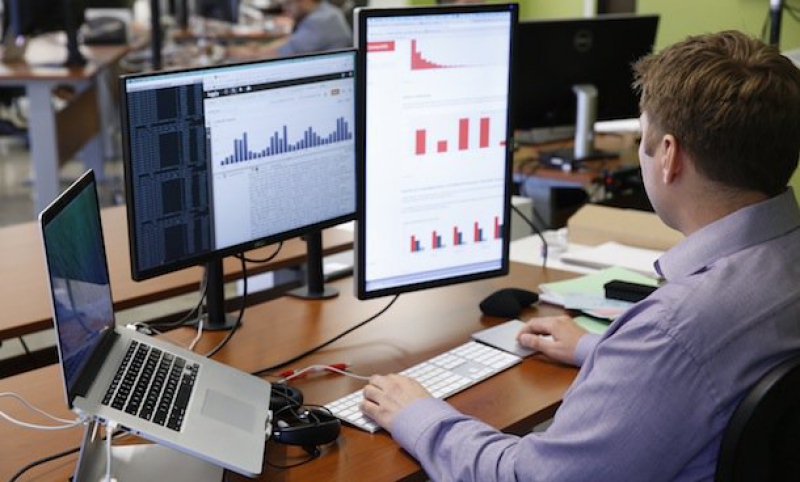
The former can find employment in analytics, product management, customer relations, digital marketing, social media and market research, cultural heritage management, or other creative fields. The latter may build their careers as data scientists or image processing specialists, as well as take part in projects focused on automated speech and image recognition.
How to apply
The easiest way to apply is through ITMO University’s Portfolio Contest. In addition to their background and achievements, participants in the contest must also cite successful examples of the projects’ they’ve implemented or worked on, explain which type of data they would like to work with in the future, and which fields and areas of knowledge they’d like to explore further. The application deadline for international students is June 2, 2019.
Another opportunity to enroll in the program without needing to take entrance exams is offered to participants of the report contest held as part of the Congress of Young Scientists.
